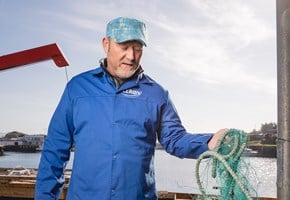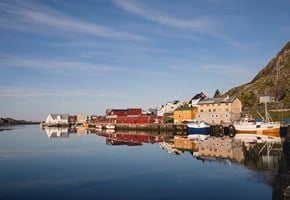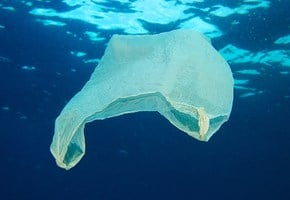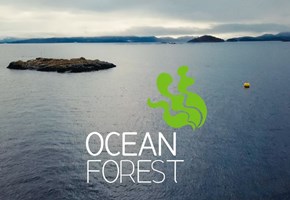Lerøy Seafood alone could reduce CO2 emissions by 40,000 tonnes, which is equivalent to the emissions produced by 20,000 internal combustion engine-powered vehicles. The conversion from diesel fleets to electric operations in the Seafood Group is already well underway, and considerably more than half of its 83 locations along the coast have already undergone the conversion to green plans.
Stig Nilsen is Executive Vice President for Aquaculture in Lerøy Seafood Group. He says that there are several positive aspects of phasing out diesel operations.
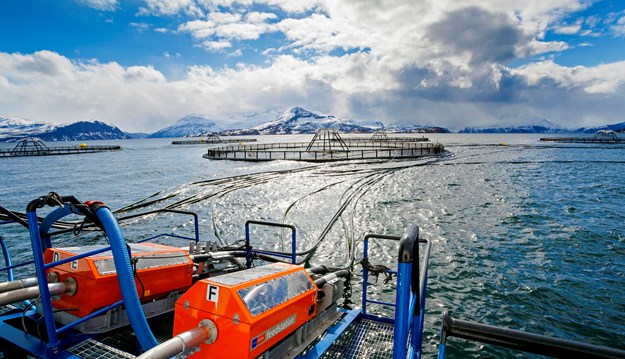
“There will be a better working environment for our employees in the workplace, and the local environment will also be improved due to less noise and the elimination of exhaust fumes.” Nilson notes that a reduction in fossil fuel consumption and lower CO2 emissions are other benefits, and he adds that Lerøy is also considering the implementation of other measures on its boats.
“But the safety of our employees, the fish and stable operations come first.”
Once the operational security of hybrid or electric boats satisfies Lerøy's requirements, they will consider new investments in this area, as well:
“We aspire to develop in a positive direction, including when it comes to the operation of our boats.”
A Challenge to Get Power Delivered
A feed barge is a floating unit moored to the aquaculture location. It functions as a feed warehouse and feeding station; the fish feed is channelled through hoses into the cages where the. Ideally the barge also has a workshop where minor repairs can be carried out, a warehouse for operating equipment and a lounge and office for the staff of the premises.
If all Norwegian aquaculture installations implement the green shift over to electric or hybrid power, CO2 emissions can be reduced by 360,000 tonnes per year. For the sake of comparison, this will correspond to the emissions produced by 150,000 diesel cars. This is according to the Bellona Foundation, an environmental NGO that also acts as Lerøy's sparring partner for further development.
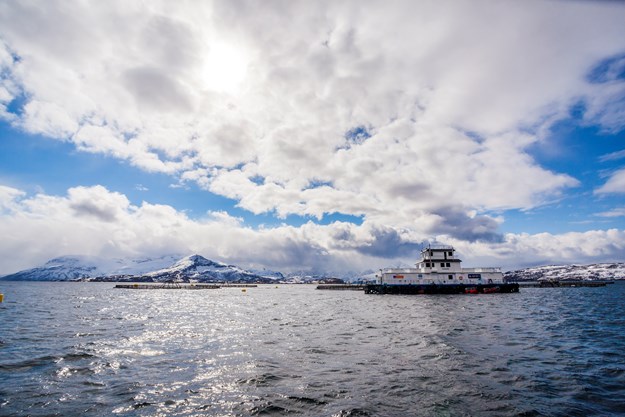
The goal is that all of Lerøy's diesel barges will be converted to shore power by the end of 2020. The pace at which this transition can occur depends, among other things, on power providers who can supply power to remote areas.
“Some barges are just so far away from electrical infrastructure that it is difficult to deliver electricity. That's why we've worked to find good hybrid solutions as an alternative,” says Nilsen.
“Can shore-powered feed barges be profitable in the long term?”
“Every single project for the transition from diesel-powered barges to shore power requires millions of Norwegian kroner in investments. Nonetheless, we believe that such investments yield a financial gain over time, as well as an improved local environment, increased job satisfaction and reduced greenhouse gas emissions.”
Working for Greener Nutrition
The decision to increase the focus on electrification is based on good evidence that such measures work, as well as a desire to develop the aquaculture industry in line with Norway’s aspirations and commitments with regard to the UN Sustainable Development Goals – an area in which aquaculture is already excelling and contributing as an efficient protein producer with a small environmental footprint.
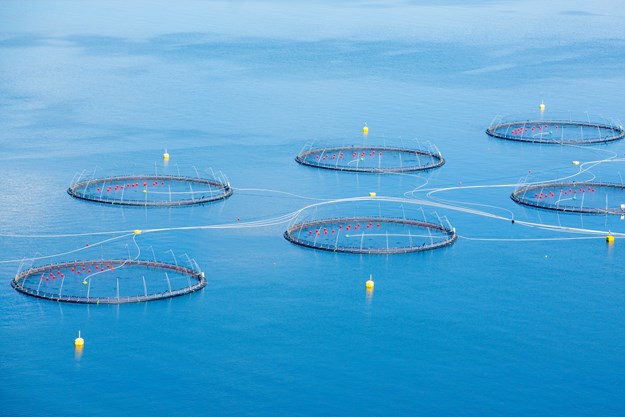
“It’s important to make wise choices, including when it comes to climate and the environment. We know that consumers are passionate about this subject, and it’s important that we not only talk, but implement actions that work and can be documented,” says the Executive Vice President.
In addition to working with measures in its own business, the company also imposes clear environmental requirements on its suppliers of goods and services, such as raw materials for fish feed and other assets. By imposing these requirements, Lerøy also commits its own organization to complying with the guidelines, which creates an additional effect throughout the entire value chain.
Stig Nilsen finds it exciting to have potential for improvement and concrete goals towards which to work:
“The alternative would have been to claim to be satisfied. If you do that, you certainly won’t improve.”

